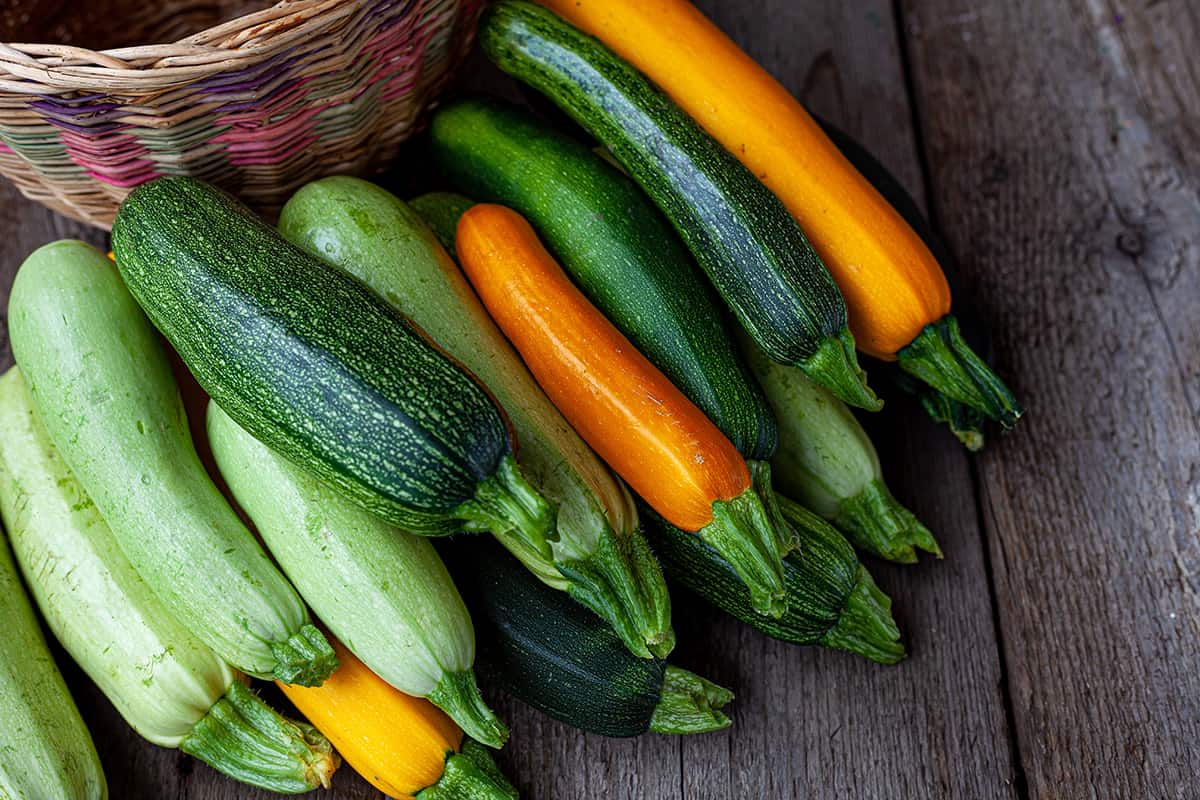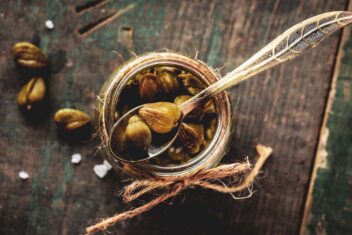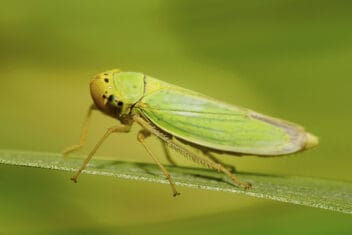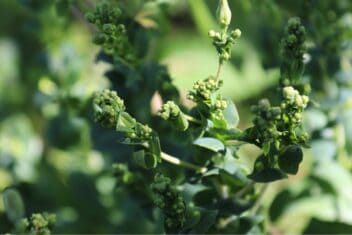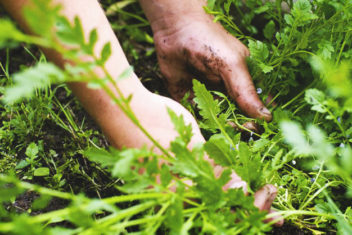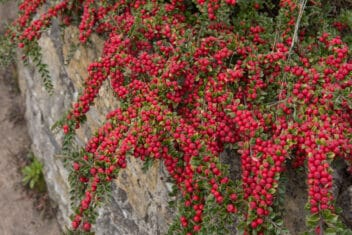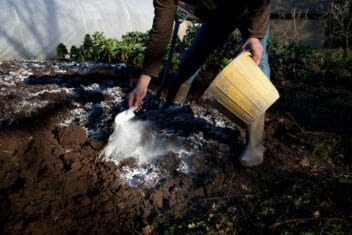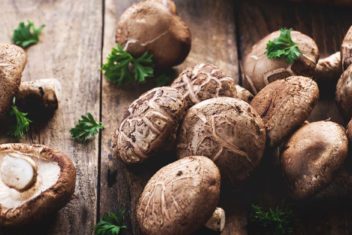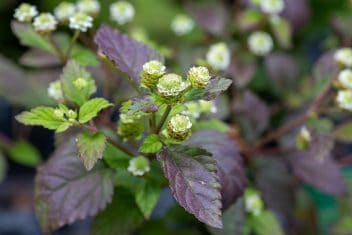Are you a zucchini fanatic? If so, chances are you grow them in your garden. While these are pretty low-maintenance plants that almost thrive on neglect, there are some great tips for helping to increase their yield (and overall health). Read on to learn how to get your best zucchini harvest ever with our helpful tricks and suggestions!
1. Choose Disease-Resistant Cultivars
Are you familiar with the saying: “An ounce of prevention is worth a pound of cure?” One of the best ways to ensure a good zucchini harvest is to give your garden the best start possible. If you buy seeds or seedlings that have been bred to resist certain diseases, they’ll have greater chances of surviving and thriving.
‘Ambassador,’ ‘Emerald Delight,’ and ‘Green Machine’ are just a few of the many disease-resistant varieties you can grow. These can fend off blights like powdery mildew, cucumber mosaic virus, and ringspot virus (just to name a few).
Of course, this doesn’t mean that you should just plant them and forget about them. They can resist these issues better than other cultivars, but taking good care to prevent said diseases will help exponentially.
2. Feed Your Plants Generously
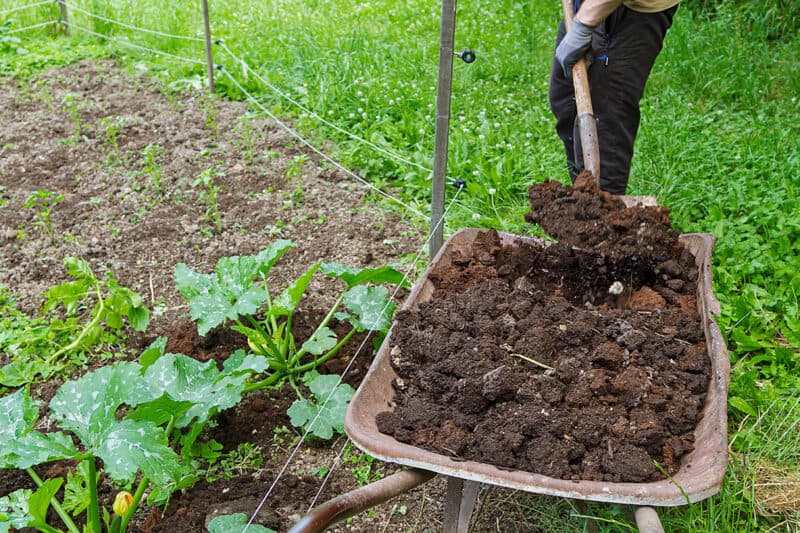
Like other Cucurbitaceae plants, zucchinis are heavy feeders. You need to offer them a lot of nutrients, and replenish them with more throughout the growing season. Make sure to work plenty of well-aged compost into the soil when you plant your seedlings, and feed growing plants with compost tea every two weeks.
You can either choose a well-balanced fertilizer as an all-purpose feeder throughout the growing season or adapt the formula depending on the plants’ development progress. For example, offer them more nitrogen when they’re establishing themselves, then switch to phosphorous when flowering, and potassium when fruiting.
Fish emulsion is a great choice for zucchini plants, as is bone meal, well-rotted manure, or compost. You really can’t fertilize too much, unless you’re going too heavy on the nitrogen during their fruiting cycle. Then you’ll end up with a lot of foliage and stunted fruits.
3. Avoid Blossom End Rot
Zucchini plants—along with pumpkins, tomatoes, eggplants, and cucumbers—are prone to blossom end rot, which is caused by calcium deficiencies.
I’m sure you’re thinking, “can’t I just add calcium to the soil to fix it?” Nope. Blossom end rot usually happens when the plant can’t take up enough moisture to draw up the calcium from the soil.
Most soil has plenty of calcium in it, though you should test your soil before you plant to be sure. You can always work in some calcium if it does end up being low.
But for most plants, you need to support your zucchini so that it can take up the calcium in the soil.
This means protecting the roots from damage, so don’t be too rough when pulling weeds. It also means providing the plant with enough but not too much water. Soggy roots can’t take up calcium, and plants that don’t have enough water can’t take up calcium, either.
Finally, don’t try to force your plants to grow quickly by over-fertilizing. The plant won’t be able to take up enough calcium to support the rapid growth and you’ll end up with blossom end rot.
4. Take Pollination into Your Own Hands

This may seem a bit time-consuming but it can increase your yield significantly, especially if there aren’t a lot of pollinating insects around.
Grab some cotton swabs or scissors and move pollen from the male flowers to the female ones. You’ll be able to tell the difference between them by looking inside the blossoms. Male flowers will have stamens, while the female ones will have pistils.
You’ll want to schlep the pollen all over the female stigmas, which are the sticky bits visible at the top. Do this by wiping the stamens with a cotton swab or cutting off the stamen. Then, wipe the swab or stamen on the stigma.
Once you do this, the pollen gets drawn down into the pistil, fertilizing the flower. This will then transform into a glorious zucchini fruit that you’ll be able to cut off and toss into ratatouille before you can blink.
Pollinating by hand can significantly increase the chances of an abundant zucchini harvest. As an added bonus, you’ll be able to tell your friends stories about your adventures in horticultural artificial insemination.
In addition to hand-pollinating your plants, you can boost their chances of being fertilized by planting a lot of indigenous wildflower species nearby. These will draw bees, wasps, butterflies, and moths to your garden, all of whom can help to move that pollen around to where it needs to be.
This will also help to feed your local pollinators, which will help them thrive and multiply next season.
5. Get Pruny
And by this, we mean prune your plants.
Put on some gardening gloves, grab a clean, sterilize pair of scissors or garden snips, and head towards your zucchini plants. Don’t creep menacingly, as they’ll assume that something is up.
Inspect them to see whether they’re being assaulted by any kinds of insects, and then select the leaves you’re going to remove. The best ones to eliminate are those that are close to the earth and below any flowering or fruiting branches. These are most likely to get infected with mildew or blight, so it’s better to err on the side of caution and get rid of them.
Cut as close to the main branch as possible so you don’t leave a section of empty tube behind. That’s like waving a big “come in here!” sign to squash vine borers, beetles, and other unwanted guests.
Next, remove any leaves that are turning brown or yellow, or that are throwing shade on the plant for no good reason. These aren’t necessary, and will just leach nutrients that could otherwise go into making fruits.
If the leaves you prune away are healthy, toss them into your compost bin or pile so they can transform into good soil. In contrast, if you find any bits of rust or mildew on the leaves, burn them instead. This way the pathogens can’t frolic their way into the rest of your garden.
By pruning these leaves off, not only are you helping to funnel good nutrients towards the zuke fruits, you’re also increasing airflow. Additionally, you’ll allow more sunlight to get through to lower bits, thus lessening the possibility of viruses and mildews that thrive in damp shadow.
6. Harvest Often
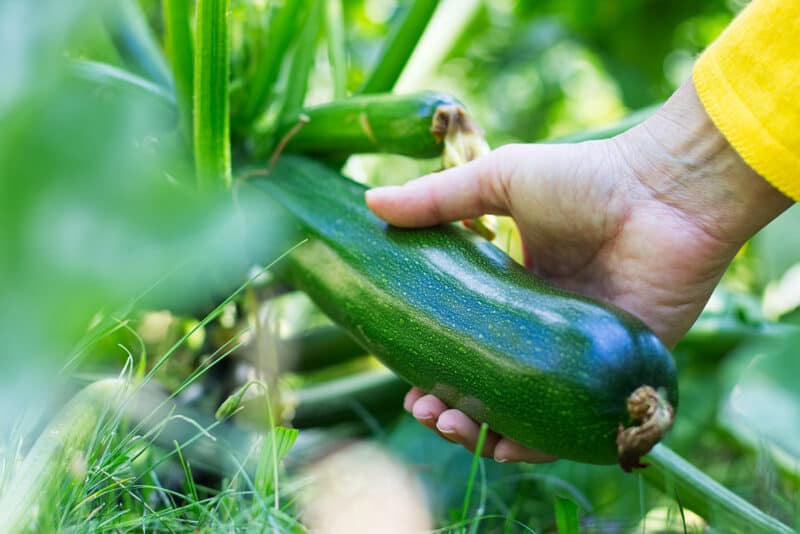
Zucchinis are interesting in that they produce enthusiastically the more they are harvested. It’s almost as though they realize that their fruits are being appreciated, so they create more. Isn’t that wonderful of them?
Your zukes may mature so quickly that you may have to harvest ripe fruits on a daily basis. Check them often, and harvest as soon as the fruits are about 8-inches long. When you harvest the fruits, use a sharp knife to cut them free from the vine, rather than twisting or tearing them off. This causes less trauma to the plant, so it can focus on creating more fruits rather than healing damage.
Additionally, be sure to remove any fallen or rotting blossoms and leaves as soon as possible. This can help you avoid losing plants to soil-borne pathogens.
7. Thing That Prevent a Good Zucchini Harvest
Oh, honey. There are several different issues that can prevent you from wallowing in zuke heaven. For example, I lost an entire crop to powdery mildew one year. That was absolutely devastating, but it taught me some valuable lessons that I can now pass on to you.
First and foremost, remember to space out your zucchini plants. These guys sprawl like crazy and can be host to all kinds of pathogens if they don’t get enough air circulation. My favorite way to grow them is vertically, and I make sure to eliminate any unnecessary foliage. This will allow water pockets to evaporate so you don’t end up with mildew or rust.
Be diligent about checking your plants for squash bugs and other pesky insects. These can wreak all kinds of havoc on your plants. They often like to burrow into zucchini blossoms to hide, so just wrap some double-sided tape around a chopstick to draw them out.
I like to scatter some diatomaceous earth around my zucchini, pumpkin, and cucumber plants as a preventative measure. So far, it’s worked wonders to keep all kinds of nefarious bugs out of them.
Hopefully, these tips will help you cultivate the greatest zucchini harvest of all time. Then you’ll be able to get experimental with frittatas, pickles, stews, kousa mahshi, baked goods, and even zucchini jam. Huzzah!
